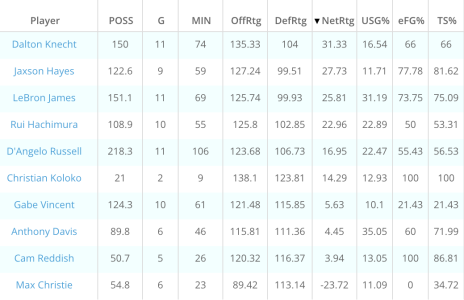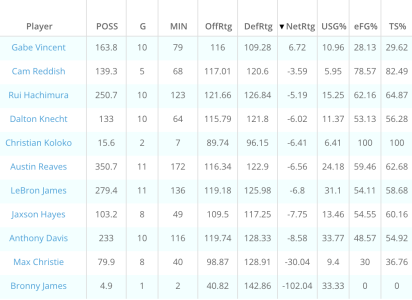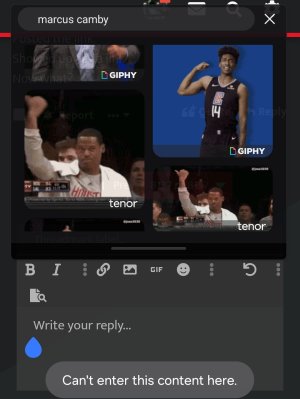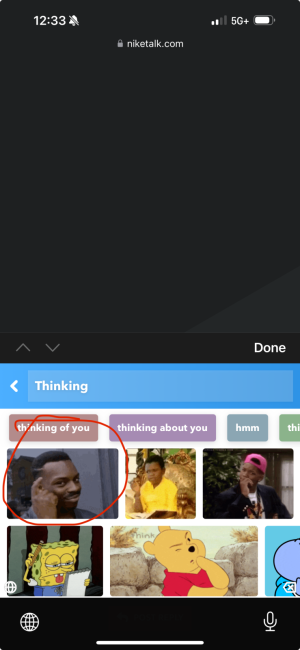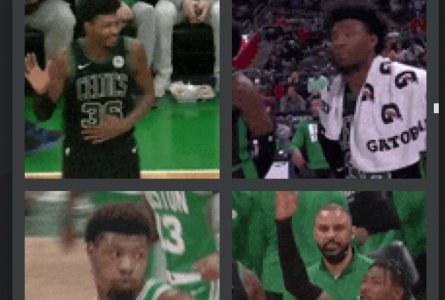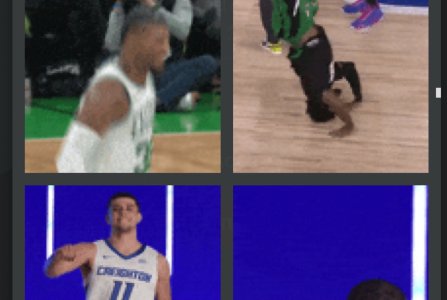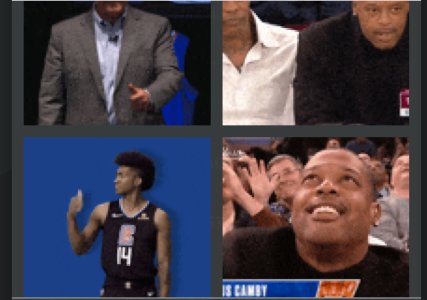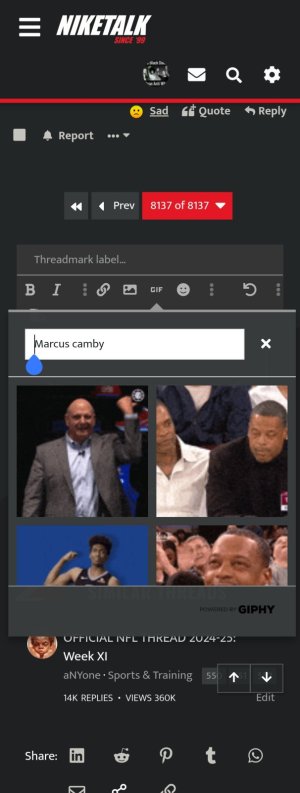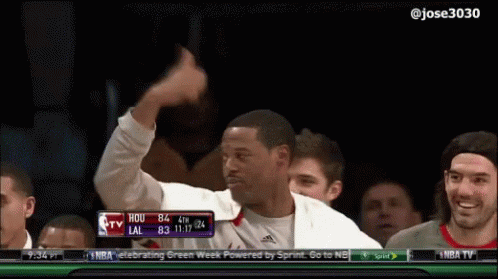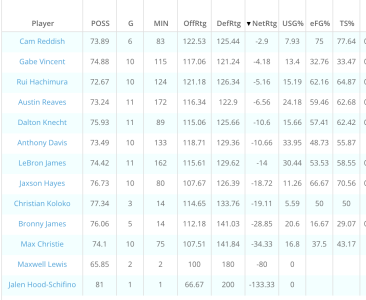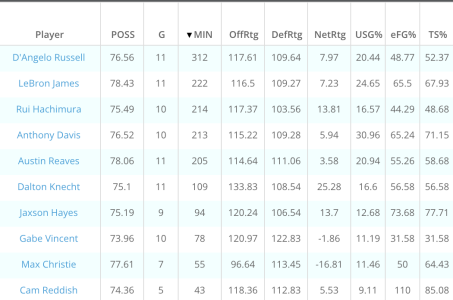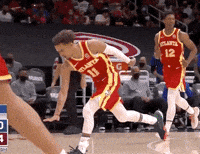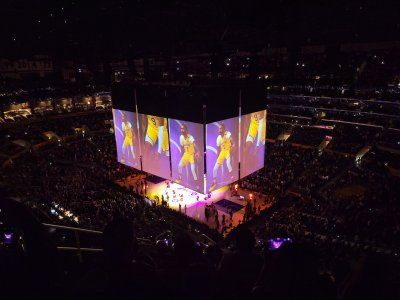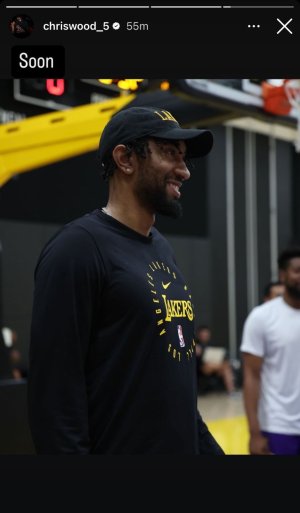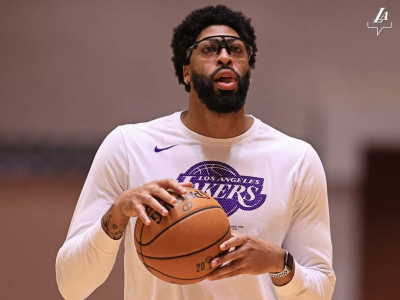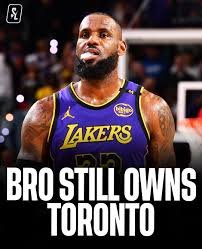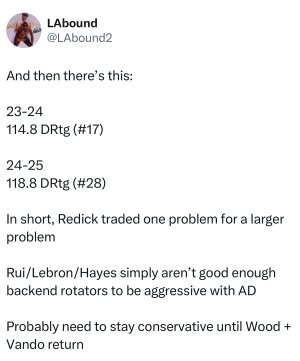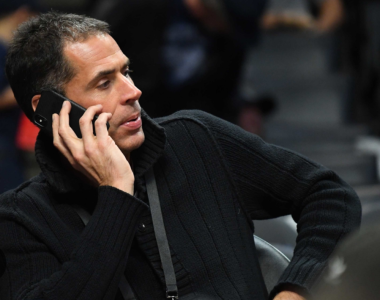Why D’Angelo Russell’s impact goes beyond the box score
Despite his shooting struggles, the Lakers sorely miss their 20-year-old point guard.
by Gary Kester@garykester Jan 26, 2017, 8:23am PST
Back in the 2015 NBA Draft, the Los Angeles Lakers surprised NBA fans everywhere when they selected D’Angelo Russell over Jahlil Okafor with the No. 2 overall pick, the highest selection of the franchise since they took James Worthy with the top pick in the 1982 NBA Draft.
Coming with the territory of being the second pick, Russell inherited the expectation of becoming the next face of the franchise after perhaps the Lakers’ greatest player of all-time in Kobe Bryant. On top of being tasked to fill seemingly impossible shoes left by Bryant, Russell has some additional convincing to do in the eyes of many Lakers fans that wanted Okafor to be the pick, despite the latter’s numbers taking a dive in his second year with the Philadelphia 76ers.
There is no question that the start to Russell’s pro career has been turbulent at times. He has endured his fair share of ups and downs in each of his first two seasons thus far. While Russell’s basic numbers have improved marginally, his sophomore campaign has been clouded by shooting struggles and knee injuries that have kept him out of 15 of the team’s 39 games to this point. But to fully examine the 20-year-old’s impact on this year’s squad, context must be provided by digging deeper than the traditional stat line.
With Russell’s individual, more traditional numbers, it is important to note that he has actually logged less playing time this season under head coach Luke Walton with 26.3 minutes per game. When looking at his per 36 numbers for both seasons, his production has increased to 19.6 points (+2.8 from his rookie year), six assists (+2.2) and 5.1 rebounds (+0.7). Only one player in NBA history surpassed those combined averages per 36 minutes at the age of 20: LeBron James (per basketball-reference).
Just for fun and further comparison for those that like to look merely at traditional numbers, Bryant averaged 18.9 points, 3.6 assists and five rebounds per 36 minutes at the age of 20, which was his third season. Of course, in no way should anyone expect Russell to become the player Bryant was, but those numbers serve as a reminder that even for some of the all-time great players, they needed a few years to figure everything out.
This year’s Lakers have made it clear that young players need time and the learning curve can appear to be quite steep. A surprising 7-5 start triggered a premature spike in expectations in 2016-17, but a record of 9-28 since then has forced a crash back to reality. There is nothing wrong with that, though, given the amount of youth that is a part of the normal rotation, combined with the games missed due to injury. In Russell’s case, the team’s record plummeted in his absence. So far this season, the Lakers are 13-21 (.382) in games that Russell started and 3-13 (.186 in the games that he has missed.
As you might expect, the Lakers’ respective performances with and without Russell are reflected in more categories than just wins and losses. With Russell on the court this season, seven of his 13 teammates (Russell and Metta World Peace have not been in the same lineup at any point) are shooting 50 percent or higher. When he is off the floor, only Larry Nance, Jr. and Thomas Robinson are above 50 percent (per nbawowy.com).
The league average for effective shooting percentage this season is currently at 51.1 percent. With Russell on the court, eight different Lakers are right at that mark or higher. Without him on the floor, that number is cut in half. In terms of points per possession, nine of his teammates average over a full point per (three of the other four are between 0.95 and 0.9

with him on the court and only five fit that criteria when he is off.
Many different metrics show a trend of Los Angeles performing better when Russell is on the court, which simply supports the notion that he is making his teammates better this year. Here are his advanced numbers in each of his two seasons, which show an increase in his usage and assist percentage while his turnover percentage has taken a slight dip (via basketball-reference).
Also of note, Russell’s plus/minus net per 100 possessions this season is +2.0, which was at -5.1 last year.
Another key difference from Year One to Year Two is the build of each roster. This season’s roster is obviously more talented than a year ago, but one thing that was intriguing heading in was the amount of lineups that could be utilized with Russell. With the additions of Brandon Ingram and Luol Deng, the Lakers have two more players that can play multiple positions and potentially thrive in small-ball lineups.
Russell was expected to be significantly involved with some of the more versatile lineups, but has instead been a bit handcuffed to the four players he joins in the regular starting lineup (Nick Young, Luol Deng, Julius Randle and Timofey Mozgov). In his 894 minutes played this season, 401.9 have been played with the starting five. Granted, the usual starters have a net rating of 7.6 per 100 possessions, but the next most used lineup involving Russell has logged 50.4 minutes of playing time. Also, the starters boast just one player above league average in three-point field goal percentage, which limits the floor spacing at times. The fact that they have been so effective has certainly been surprising, especially since the lineup started the year so poorly while the bench did most of the heavy lifting.
As the season has progressed, Russell has become the motor that drives the starters forward. The starting lineup has been a disaster in the time that Russell has missed. When replaced by Jose Calderon, the starters have a net rating of -28.2 per 100 possessions. With Ingram taking Russell’s starting spot, the lineup’s net rating plummets even further to -37.4.
Russell has been a part of 96 different lineup combinations this season, although the amount of time with various lineups needs to be increased by Walton to give his lead guard more options. For example, the lineup I was most excited to see this year was Russell with Jordan Clarkson, Ingram, Randle and Nance, Jr. But so for this year, that unit has been on the floor for just 6.6 total minutes. It will be interesting to see if Walton opens things up a little more when Russell returns.
Now, there are certainly justified qualms with Russell’s game to this point of his career. He absolutely has to get better defensively and his focus on both ends of the floor tends to come and go. However, when he is locked in, his game is a lot of fun and his playmaking clearly makes the Lakers a better team.
While many fans anxiously wait for him to make the leap towards being a bonafide star in the NBA, it is important to remember that Russell is just 20 years old in his first under Walton and this system. He appears to already be on the right track to having a quality that the vast majority of star players have in common: they make their teammates better. That’s a strong foundation that can be built upon.
The hope is that in due time, the rest of his game will continue to develop. Whether you believe in him or not, his ability to create offense for himself and for others will be vital for the Lakers moving forward. While some still clamor for a “true point guard,” the league now exhibits extraordinary, nontraditional talents at the position that are dominating the league, such as Stephen Curry and Russell Westbrook.
Russell is far from making that level of impact, but this season we are starting to see the more unique, balanced offensive attack of scoring and distributing that sold the Lakers on him back in June of 2015. Only time will tell if he is able to put it all together some day, but even with his shooting struggles this season, he is still finding ways to make a sizable impact. That should have Lakers fans excited for his future.
 with him on the court and only five fit that criteria when he is off.
with him on the court and only five fit that criteria when he is off.






